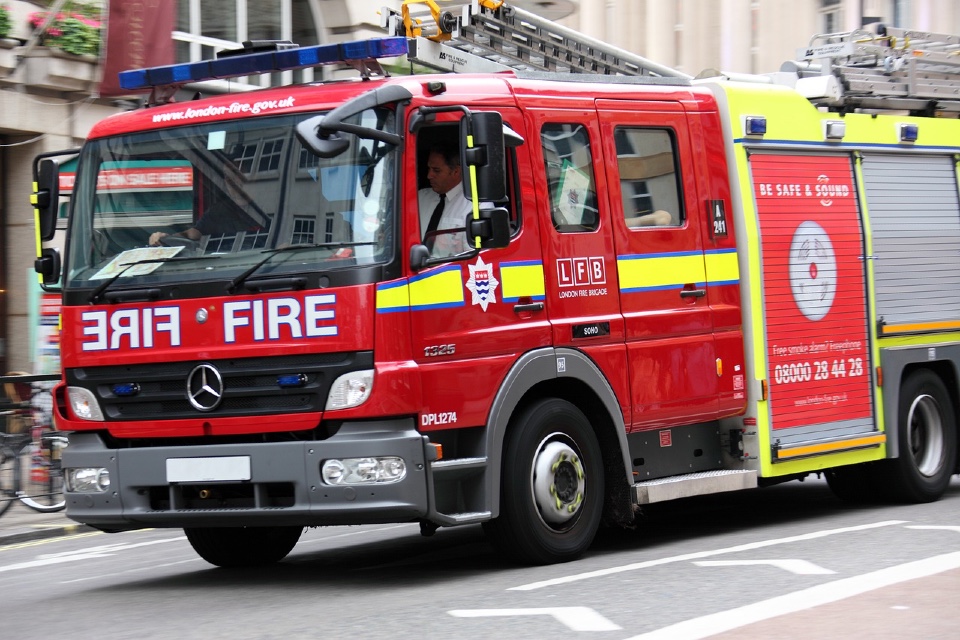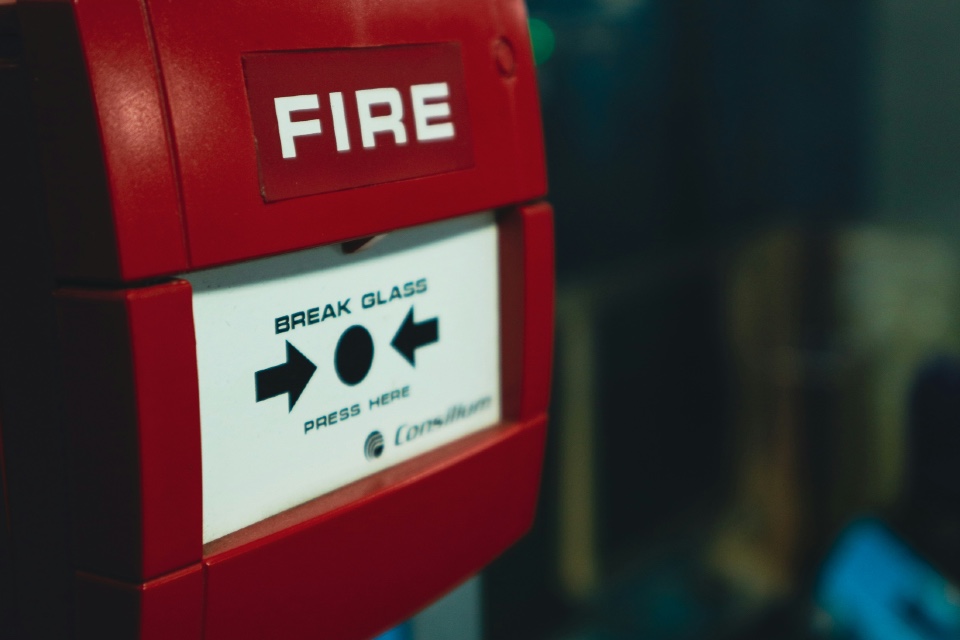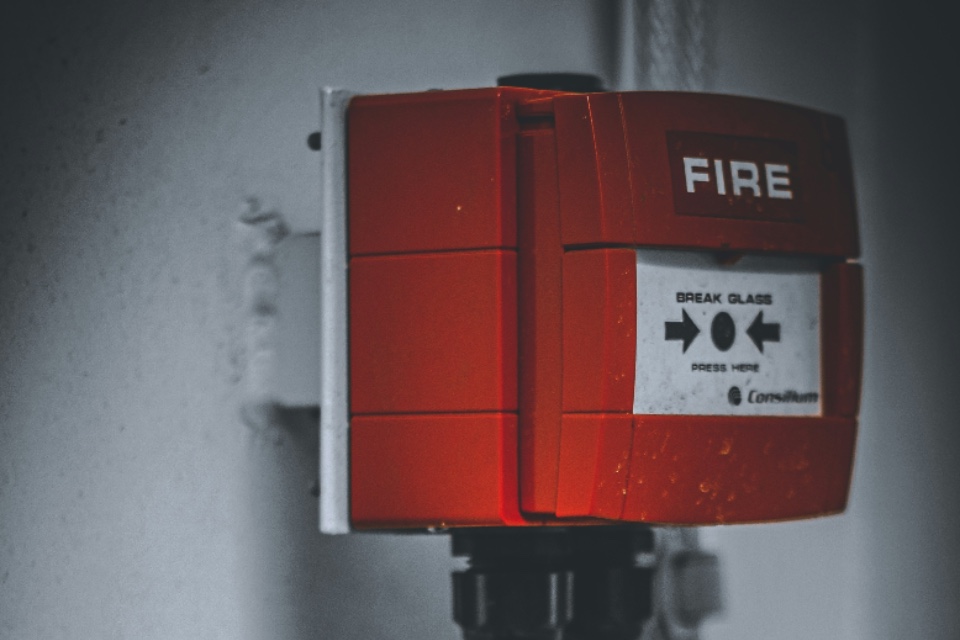Fire safety is a critical consideration of any business, with implications for employee safety, asset protection, and regulatory compliance. In the UK, the Regulatory Reform (Fire Safety) Order 2005 requires businesses to conduct a fire risk assessment and implement and maintain appropriate fire safety measures. Here are the key elements to consider when developing a fire safety policy for your company,,,
- Fire Risk Assessment: The cornerstone of your fire safety policy should be a thorough fire risk assessment. It involves identifying potential fire hazards, people at risk, and evaluating existing fire safety measures. It’s also necessary to regularly review and update this assessment, especially when changes occur in the business premises or practices.
- Fire Prevention Measures: After identifying potential hazards, implement measures to minimise these risks. These could include properly storing flammable materials, maintaining electrical equipment, and enforcing no-smoking areas.
- Fire Detection and Warning Systems: Install appropriate fire detection systems, such as smoke alarms and heat detectors. Regularly test these systems to ensure they’re functioning correctly.
- Fire Fighting Equipment: Depending on the nature and size of your premises, provide suitable fire-fighting equipment like fire extinguishers, fire blankets, and sprinkler systems. Ensure staff know where this equipment is located and how to use it.
- Fire Escape Routes and Exits: Clearly mark all fire escape routes and exits. They should be kept clear at all times to allow for swift evacuation.
- Training and Information: Provide regular fire safety training for all employees. This should include instruction on what to do in the event of a fire, how to use fire-fighting equipment, and the importance of keeping fire exits clear.
- Emergency Evacuation Plan: Develop a detailed evacuation plan and ensure that all employees are familiar with it. Conduct regular fire drills to test the effectiveness of this plan and to familiarise staff with the evacuation process.
- Designated Responsible Person: The Order requires businesses to designate a ‘Responsible Person’ to oversee fire safety. This person will undertake the fire risk assessment, implement fire safety measures, and maintain the fire safety policy.
A robust fire safety policy is not just about compliance; it’s about ensuring the safety and wellbeing of your employees and protecting your business assets.
By understanding the key aspects of fire safety and following the guidelines outlined by the UK government, you can create a safe and secure environment for your business to thrive.
Are you looking for expert advice and Fire Safety solutions for your company? The Occupational Safety & Health Forum can help!







